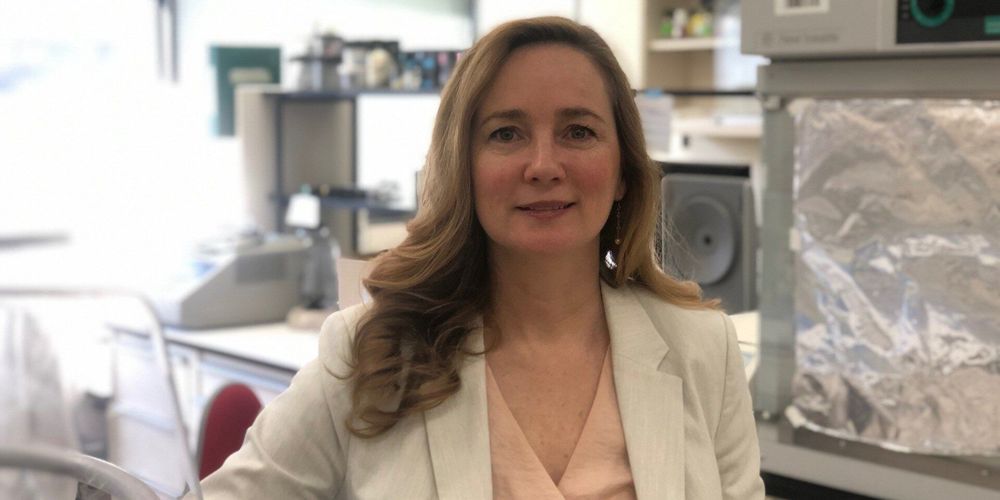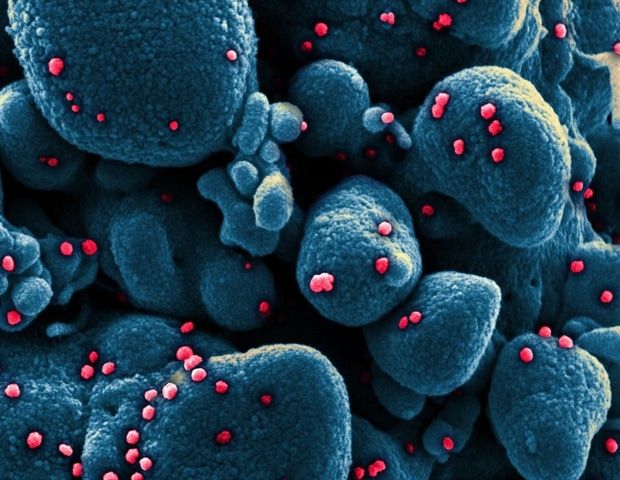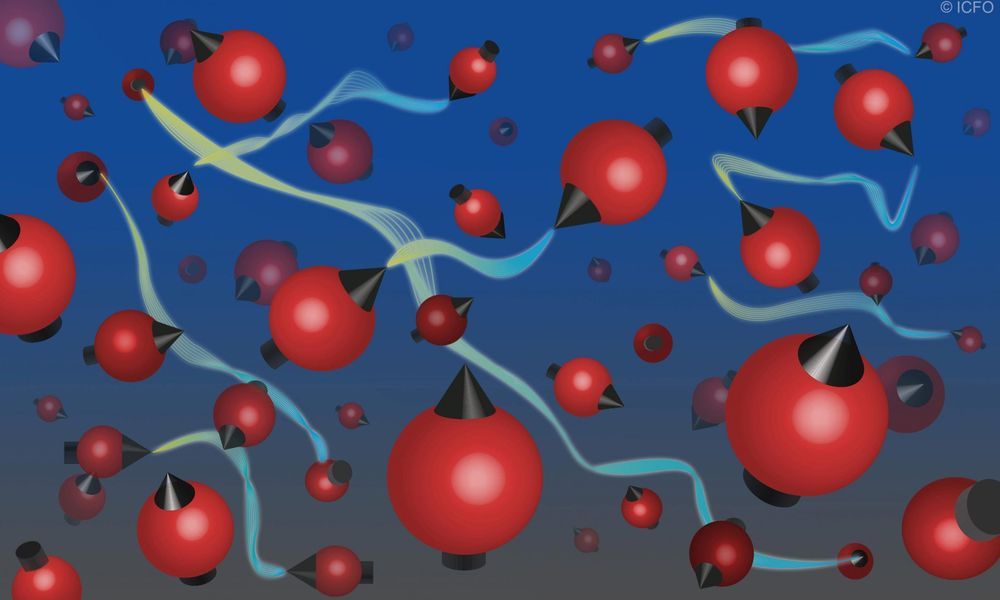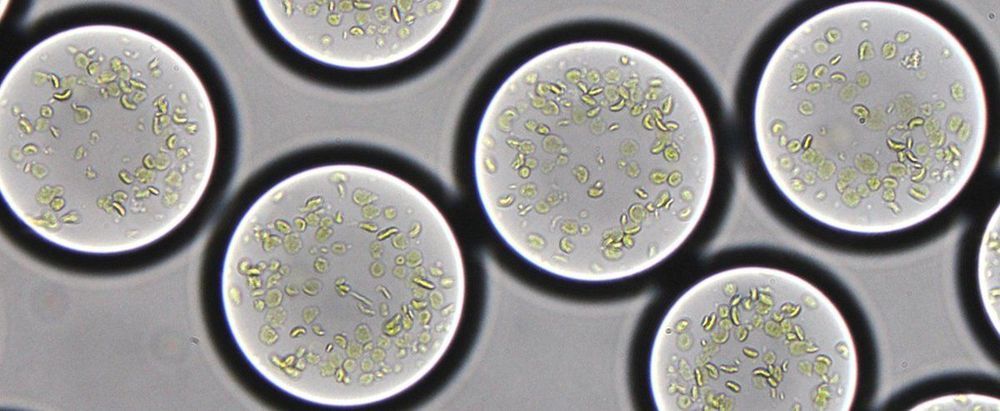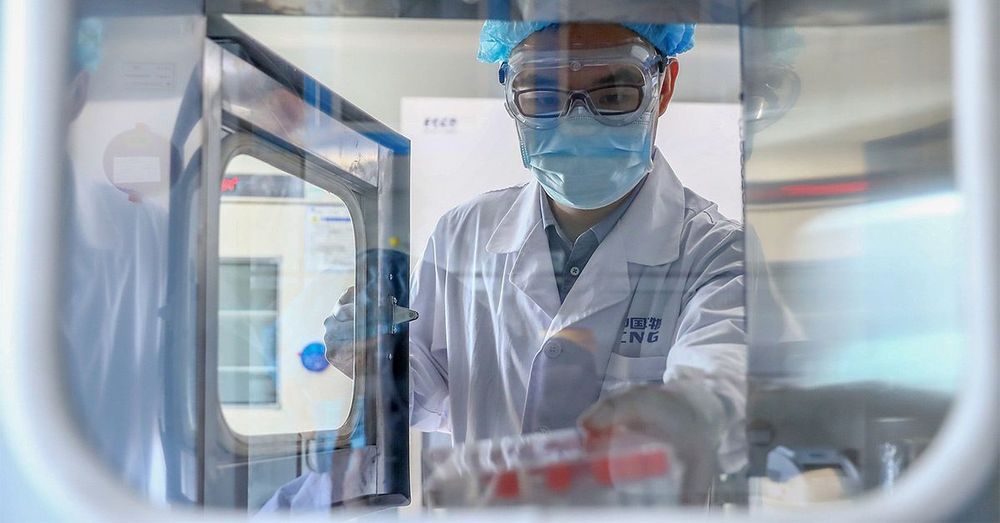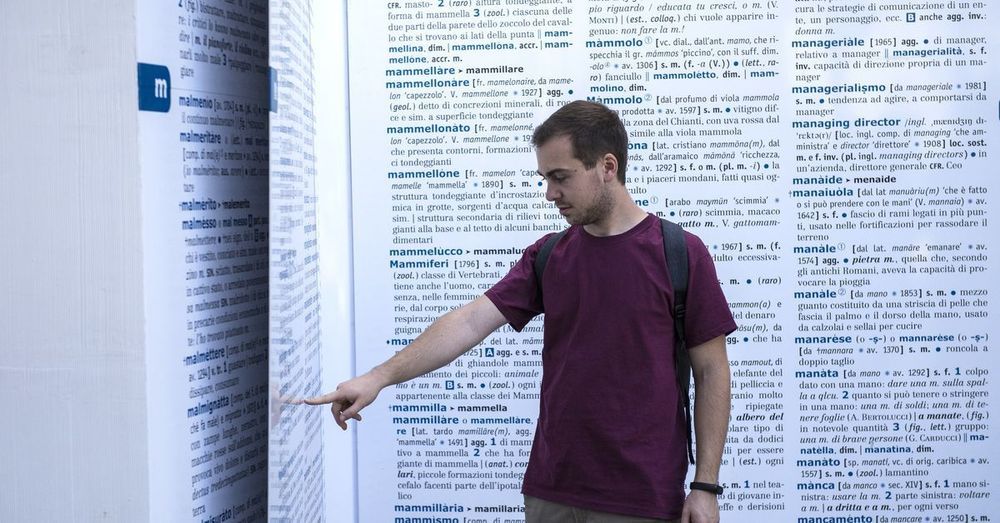In the video, one person is designed as the “infected” patient and is given a special black light-ready solution to rub into his hands. (The solution is invisible without a black light, so participants in the demonstration can’t see it during the simulation.) Then, everyone in the experiment does what people normally do at a buffet restaurant — they dish up food, eat chat, and drink. At the end of the video, a black light is turned on, and you can see the “virus” just about everywhere. It shows up on utensils, cups, food and even on some participants’ faces.
Experts say this is definitely worth paying attention to.
“This is an accurate illustration of how many commonly touched surfaces there are and how many opportunities there are for viruses to spread,” Dr. Amesh A. Adalja, senior scholar at the Johns Hopkins Center for Health Security, tells Yahoo Life.

